5 Nonprofit Plans Your Organization Should Have
If the ladder is not leaning against the right wall, every step we take just gets us to the wrong place faster.
Steven Covey
In order to achieve your goals, planning must be part of your nonprofit organization’s leadership strategy. Without plans, you are on a road with no map trying to get to your destination. You can keep driving and making turns, but whether you ever arrive at your destination remains to be seen. This article will share the 5 nonprofit plans that your organization should have – or start to create today.
5 Nonprofit Plans Your Organization Should Have
1. Strategic Plan
Your nonprofit’s strategic plan is a longer-term plan generally covering 3-5 years that outlines your organization’s mission, vision, goals, and strategies for achieving its mission. This plan should be updated regularly to reflect changes within the organization and external changes within the market and business environment.

A strategic planning session may include a SWOT analysis. SWOT stands for Strengths, Weaknesses, Opportunities, and Threats. Strengths and weaknesses are from an internal look, and opportunities and threats are external.
A theory of change exercise may also be used that employs evidence-based models, academic writings, or historical information to provide a process for a hypothesis of what will happen when you do certain things. When we do x, y happens. This model starts with the end in mind using a horizon goal and then decides on desired outcomes for success. It also looks at the current state of the organization, and then determines any barriers to success or unique qualifications the organization possesses. These exercises are the basis of forming a strategic plan.
2. Fundraising Plan
A solid fundraising plan is essential to the health of a nonprofit organization. It is important to identify resources and have a plan in place for when and how to go after them. This plan should include a budget and targeted fundraising goals. It could start as simple as an annual calendar listing events you plan to hold, when asks will go out to individuals, and grants you want to apply for. As your organization becomes more sophisticated, it could include complex gifts, planned giving, and major donations.
3. Marketing Plan
A marketing plan is designed to reach the targeted audience of the nonprofit. This includes your website, newsletters, social media, donation request letters, and other communications to potential stakeholders. A marketing plan should have a budget and timeline for implementation.

4. Management Succession Plan
While people like to think nonprofit Chief Executive Officers (CEOs) will be in their roles forever, things change over time. It is important to have a plan in place to decide how to replace a CEO if there is an emergency, resignation, retirement, or other type of exit. The plan should be board approved and indicate a short-term or interim plan for emergencies, and a recruitment plan for replacing the CEO. This plan should include any information that the CEO would need to know to be effective in the role such as organizational charts, vendor contacts, and upcoming grants, depending on the size and complexity of the organization.
5. Business Continuity of Operations Plan
When something unexpected happens like a pandemic, natural disaster, or loss of major funding, there needs to be a plan in place for how to handle operations. Is there a plan to work remotely? Does everyone know where documents are stored? How do people stay in touch? There are many questions you don’t want to be answering when there is a crisis, so planning ahead for contingencies is a smart thing to do.
Tips to Get Started on Your Nonprofit Plans
Some additional tips for creating and implementing effective nonprofit plans:
- Involve all stakeholders, including staff, board members, volunteers, and clients in the planning process.
- Set realistic goals and objectives.
- Build in flexibility to allow for changes.
- Get buy-in on the plan through effective communication to stakeholders.
- Monitor and evaluate the plan regularly (at a minimum, annually) to ensure that it is on track.
- While most plans can be done on your own, many organizations choose to work with an outside consultant.
Nonprofit Plans: The Takeaway

The creation and implementation of effective plans can assist nonprofits with achieving their mission; however, there’s no one-size-fits-all solution. Expect your plans to evolve over time to fit your specific organization’s values and needs as your nonprofit grows and evolves itself. Check in often to ensure your plans continue to align with your mission – and remember, communication is key. Share your plans with staff, board members and other key stakeholders, which will increase the effectiveness of your plans.
There are also a lot of resources available that can simplify this process. Check out the resources below, and comment on this post if you have other resources that you’ve found helpful.
https://www.networkforgood.com/resource/crash-course-your-7-step-fundraising-plan
Nonprofit Strategic Planning: Ultimate Guide + 7 Examples (bloomerang.co)
How to Write a Nonprofit Strategic Plan: Ultimate 2023 Guide
Leadership Succession Planning
Join Nonprofit Search
Nonprofit Search is a searchable database of local nonprofit profiles with information provided by the organizations and validated by the Foundation team. It is designed to help the public easily find nonprofits and learn more about their efforts. Each profile provides in-depth information about a nonprofit’s management, governance, financial health and programs. The content in a profile can help inform strategic financial investments and educate about quality-of-life issues that impact the community.
